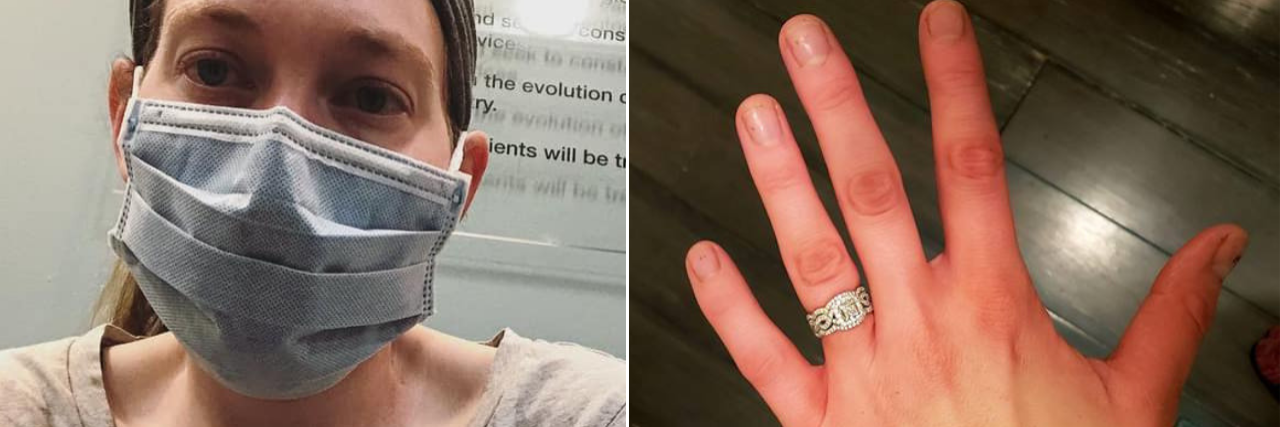Though some people may look forward to winter for the snow days and cozy nights by the fire, for others, the cold temperatures, precipitation and other seasonal changes can have serious consequences on their health.
Many of those with chronic illness experience a flare-up of symptoms during the colder months. One study found that 72 percent of rheumatology patients (such as those with arthritis or fibromyalgia) said the type of weather that most frequently contributed to worsening symptoms was low temperatures. Winter weather can also be dangerous for folks with respiratory conditions, heart conditions, circulation issues and autoimmune diseases, just to name a few.
The ice and snow pose major issues for those with mobility issues as well. It can be difficult (or even impossible) to get around in these conditions if you use certain mobility devices or have a condition that affects your balance or stability.
We wanted to shed light on how this season can affect people with health conditions, so we asked our Mighty community to share a photo that demonstrates how winter affects their chronic illness. Whatever challenges the colder season may bring, know you are not alone in facing additional struggles due to your chronic illness.
Here’s what our community shared with us:
1. “My anaphylactic asthma attacks increase in frequency [during winter], and my cromolyn, nebs, epinephrine and rescue inhaler aren’t enough after five-minute exposure, and I need to remove my clothes almost immediately after getting inside.” – Stacy S.
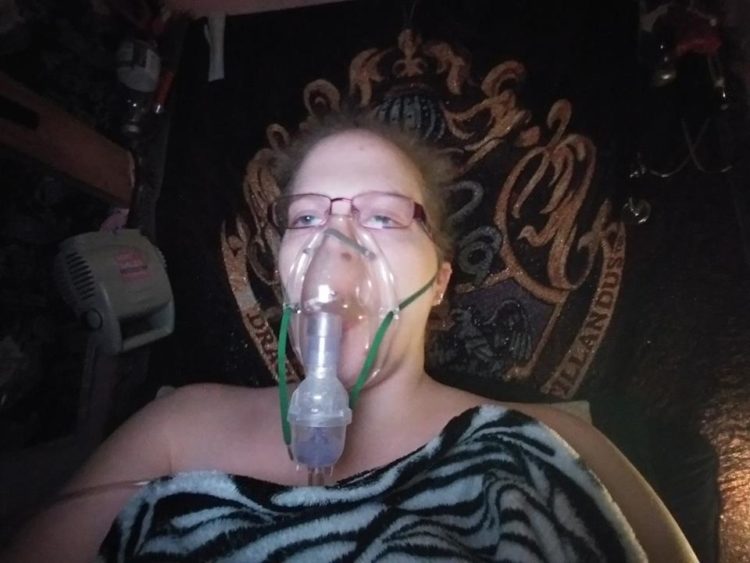
2. “I have CRPS [complex regional pain syndrome] in my right foot and leg. When it’s cold my foot and leg either feels like it’s on fire or like it’s ice cold and changes colors – it’s red and purple or it’s pale with no color.” Lyndsey R.
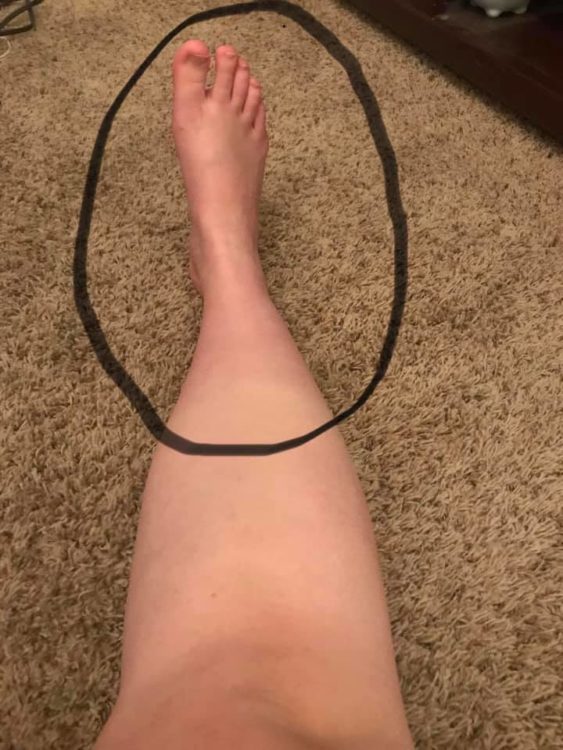
3. “Currently for me, we’ve had issues with my muscles tensing up and due to my thoracic spine subluxing through twisting motions, combine that and the cold weather muscle tensing, you got me in my thoracic back brace. Simply to give my muscles a break and to rest with the needed support for a little while.” – Sydney J.
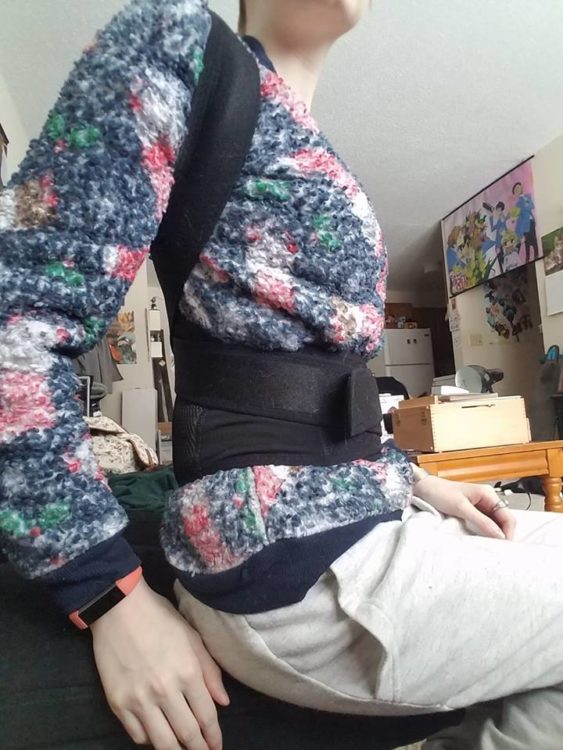
4. “Winter means staying home and living under my heated blanket – could never go without it!” – Carrie S.
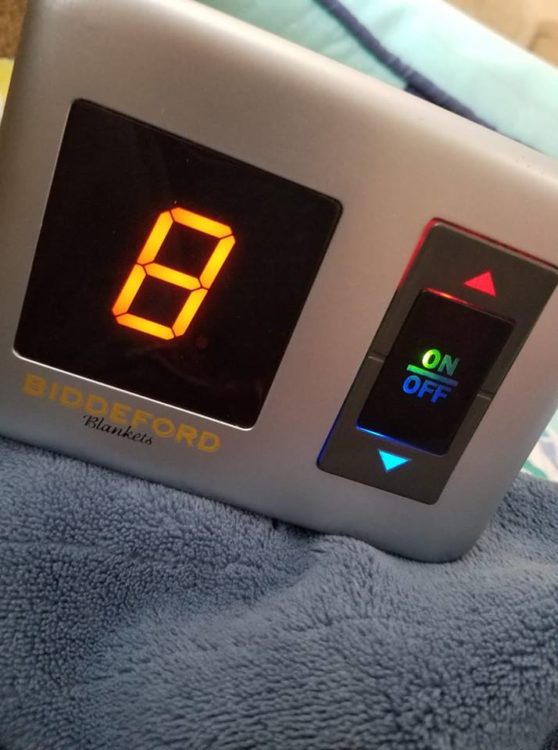
5. “Barometric pressure changes exacerbate migraine symptoms leading to drooping eyes, prednisone moon face and need to remove contacts for days on end.” – Sheri P.H.

6. “Chillblains… because my feet end up being always cold. I have been increasingly numb on my feet for years. This winter I don’t feel my toes at all.” – Aili K.S.
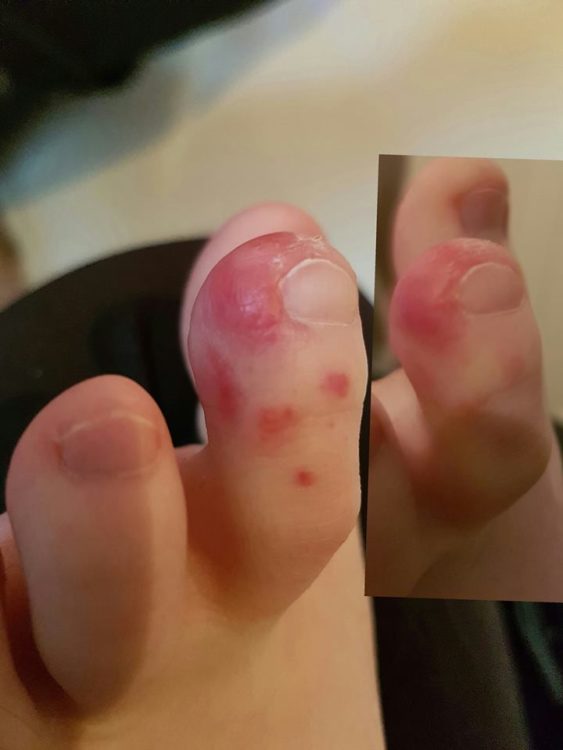
7. “Cold air is a big trigger for my asthma. Last week I had a mild cold, so my lungs were already a little twitchy when the -20-30 degree wind chills hit us. My lungs seized up the moment I stepped outside. Not pictured is the prednisone burst I’m also taking to try and reign in this asthma flare-up. With -40-50 wind chills forecasted in a few days I am essentially trapped at home, I can’t risk going out in those temps during an active flare.” – Jessica R.
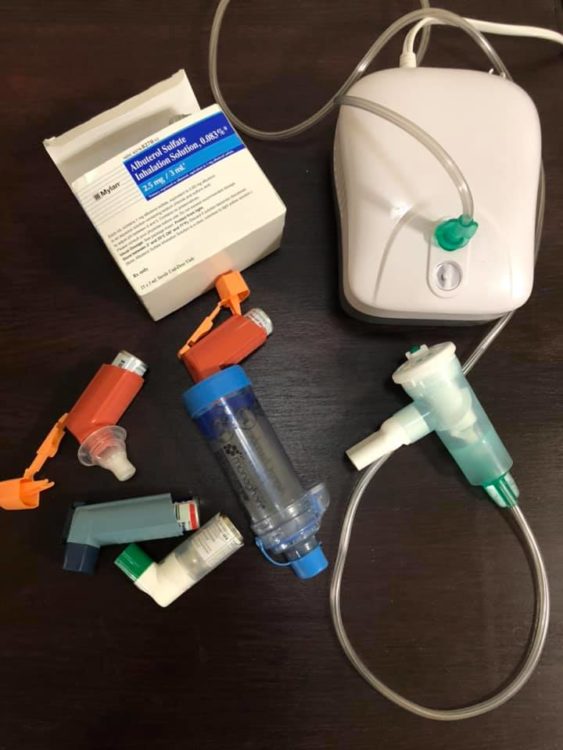
8. “Raynaud’s. It sucks. It hurts and makes everyday mundane activities seem like the most intense triathlon.” – Sherrie P.
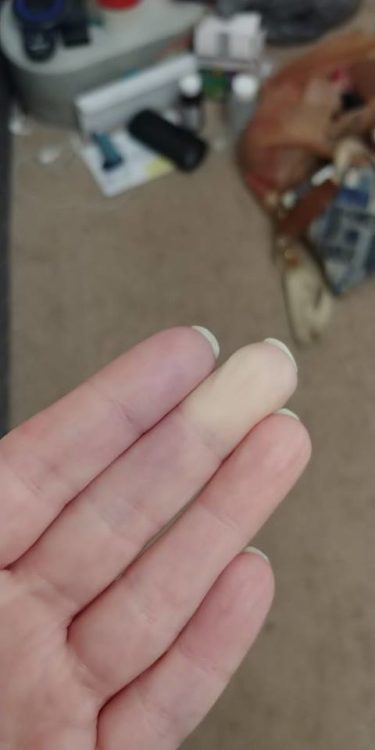
Want to connect with other chronic illness warriors in a judgment-free space? Download our free app to ask questions and receive support.
9. “Extreme cold makes me shiver so much to a point where I have trouble focusing on breathing correctly. My hands and feet turn purple when exposed to cold and take forever to warm up once they are cold and when hot water hits them it feels cold! I like cool weather but there is a ‘too cold’ with having POTS [postural orthostatic tachycardia syndrome]. 60-68 [degrees F] is perfect. I sleep with it below 68 so I don’t have night clamminess/night sweats. I also sweat under my armpits when I have a jacket on so when I’m outside in the cold it’s really uncomfortable for me. Too warm is a problem as well as too cold. For me, anything above a perfect 70 degrees can be too warm depending on several factors including humidity, wind, etc.” – Morgan B.
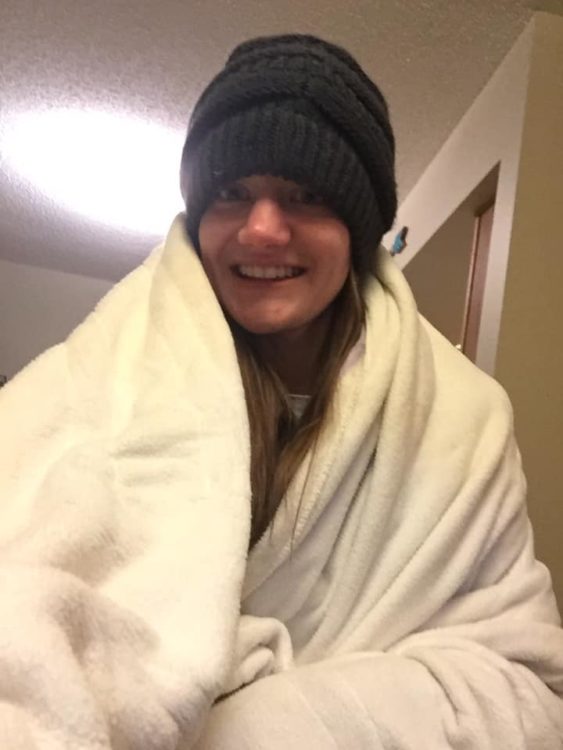
10. “Autonomic dysfunction added to cold urticaria means I break out in hives that hurt and itch. It affects all skin, external and internal! My airways spasm, I get terrible asthma attacks.” – Lizz R.
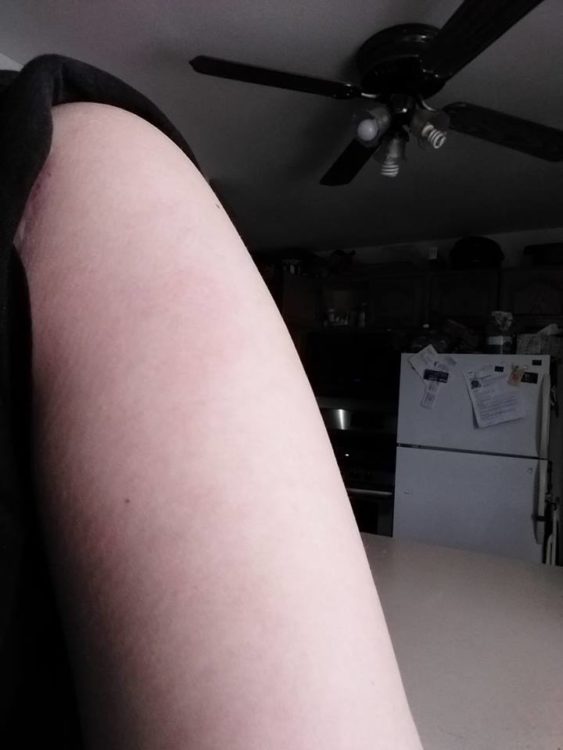
11. “Winter means constantly having to use crutches or a wheelchair and using disability rails to get around the house.” – Natalie P.
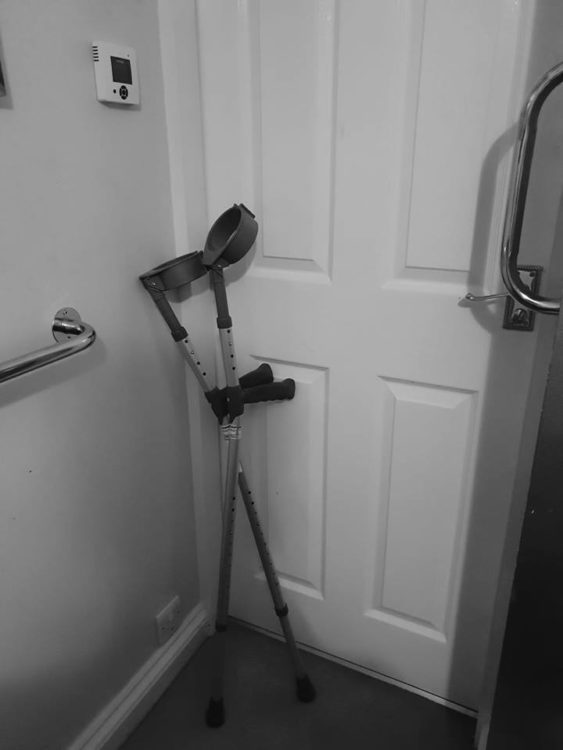
12. “My joints are in so much pain from the cold weather. I try ice packs (which sounds counterintuitive but sometimes does work) and heat packs and sometimes neither work.” – Amber R.
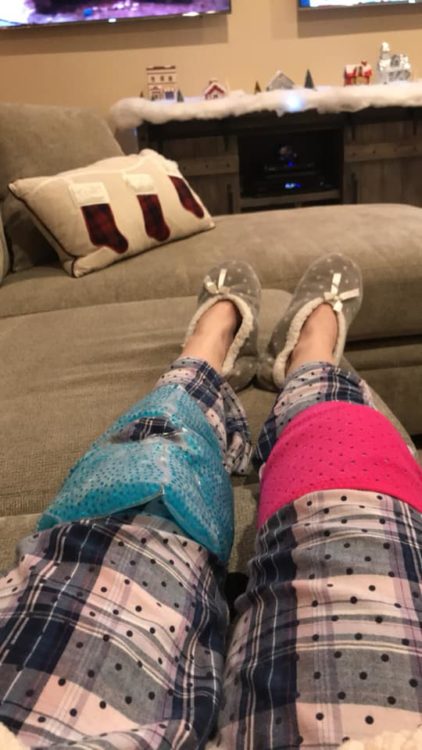
13. “Winter means cold and flu season, which means those of us on immunosuppressive therapies either avoid going out or we wear protective masks to appointments and out in busy public places… a lot.” – Adrienne S.
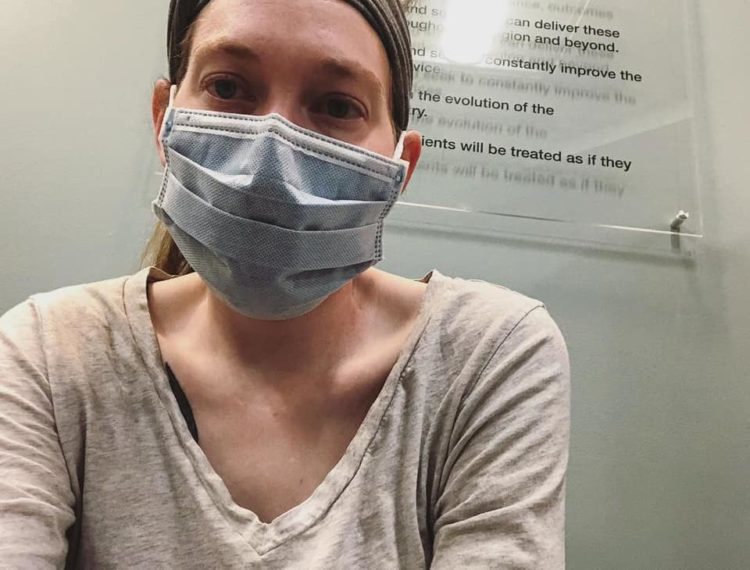
14. “Yes, that is snow above my knees. Yes, those are my forearm crutches. No, I don’t think I’ll be going anywhere. I’m snow-bound because my connective tissue is too weak to support movement through snow like this. I’m a prisoner thanks to my EDS and some cold water.” – Daisy R.
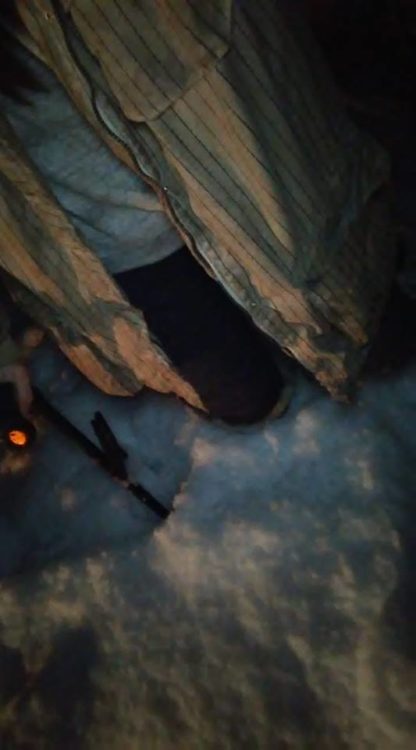
15. “I have small fiber neuropathy from my EDS [Ehlers-Danlos syndrome] that causes both erythromelalgia and Raynaud’s syndrome! If I’m outside even for mere moments my Raynaud’s hits, my hands/limbs feel frostbitten, prickly like a cactus, numbness and pain… then once inside and the temperature is warmer, my limbs flip a switch and the increased temps triggers my erythromelalgia which has also been termed ‘burning man syndrome.’ When this comes on my limbs become swollen, hot to the touch, burn like I’m on fire and itch so intensely I want to cut my body parts off! Winter triggers both these to make my life hell no matter the temperatures.” – Ashley E.L.
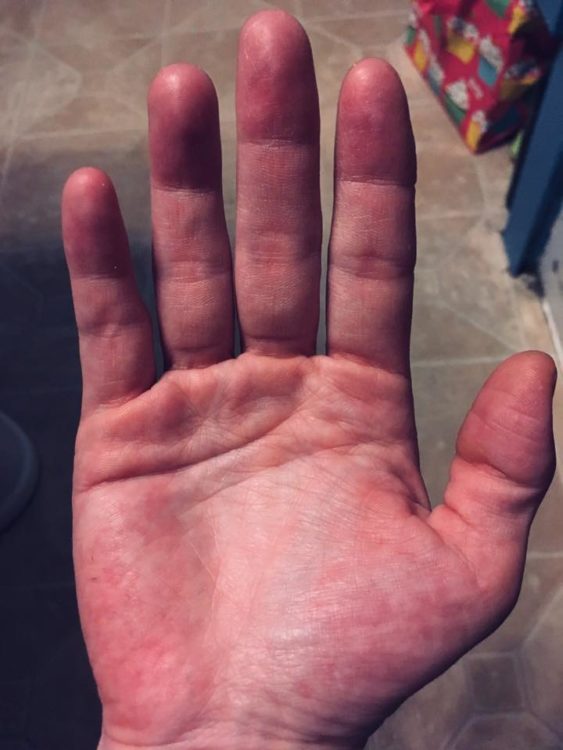
16. “Poor temperature regulation and Raynaud’s. Wearing layers of clothes, blanket on with a hat, gloves and scarf with heating full blast in the car and still shivering. Not warming up for hours, extremities numb and white with poor circulation and then, without warning, the polar opposite happens and I get really overheated and almost pass out, then back to cold, parts of my body stay permanently cold. Long journeys are hard work. This takes its toll on my POTS and asthma too.” – Pandora P.

17. “Cold winter temperatures make my livedo reticularis rash come out in a more vivid hue. I have lupus and secondary myositis and this is one of the lovely things that comes with it. Luckily I can hide it under long cozy layers.” – Janey G.
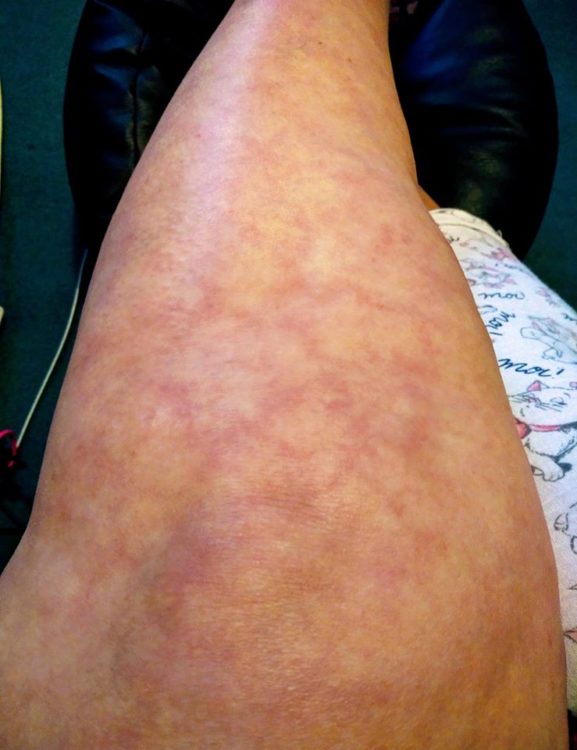
18. “When I was on vacation, while trying to get to my hotel, the sidewalks weren’t clear of snow, ice and slush. I seriously messed up my hip from all the slipping and lost hours of sightseeing because I had to lie down with my TENS machine on my hip to try to alleviate the pain.” – Josée G.
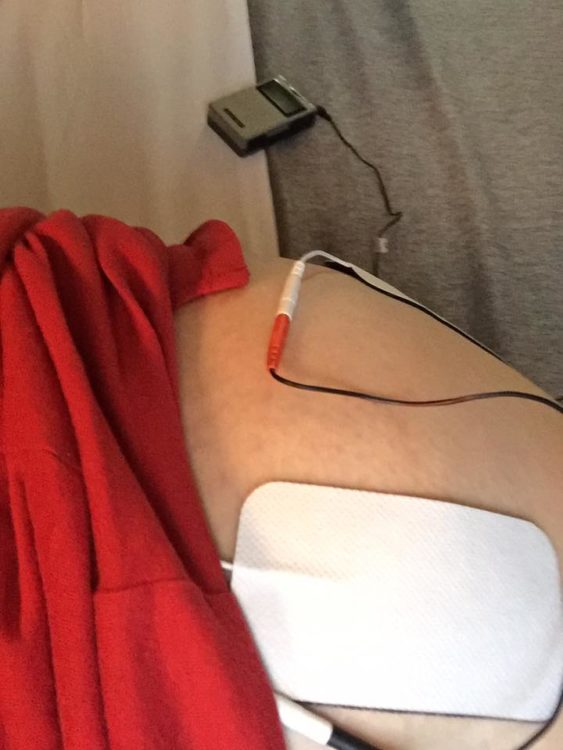
19. “Raynaud’s disease is where blood vessels in your body constrict due to the stress of temperatures changing to protect your body from most to least important – this means that it usually impacts your body furthest away from your heart and other organs, such as your fingers and toes. It can also affect your nipples, nose, lips and more. The lack of blood circulation causes numbness, burning, tingling, coldness, and for some, it can be quite painful. This is one of the many secondary comorbidities that are oftentimes associated with EDS.” – Jody H.
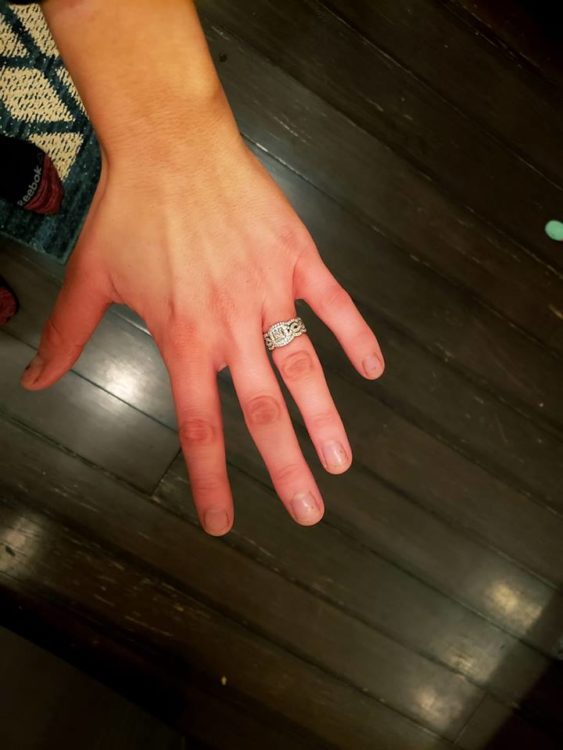
20. “When the temperature dips low where I live in the south, it makes me physically sick. I have to wear three layers of clothes to keep from shivering and my fingers from going numb. I could not even walk across the street to the bus stop yesterday due to the pain from fibromyalgia. In addition, it causes my gastroparesis to act up and my nausea is 10 times worse and I need my IV meds and hydration more often. Luckily, my family is pretty understanding at this time and lets me rest when I need to.” – Lisa G.

Is winter difficult because of your chronic illness? Check out the advice and recommendations from our community below:
20 Heating Products That Can Help Relieve Pain
10 Products That Can Improve Your Mobility in Snowy, Icy Weather
8 Tips I’ve Learned for Living With Chronic Pain in Winter
12 Products People With Raynaud’s Syndrome Swear By
10 Winter Accessories That Can Keep You Warm While Also Soothing Pain

